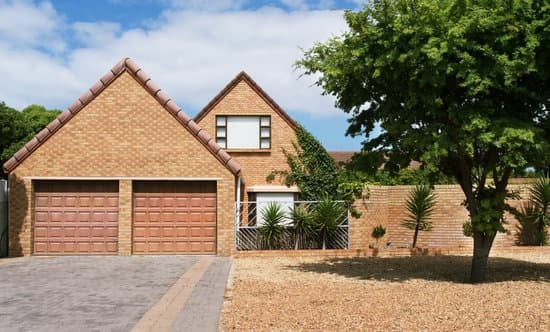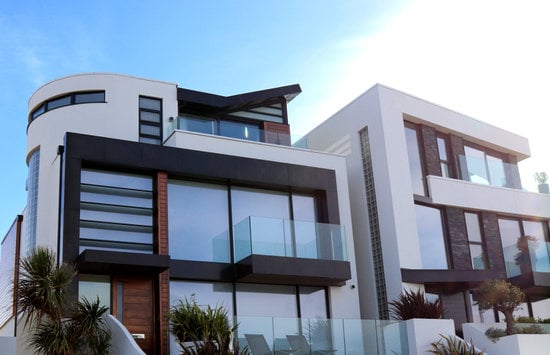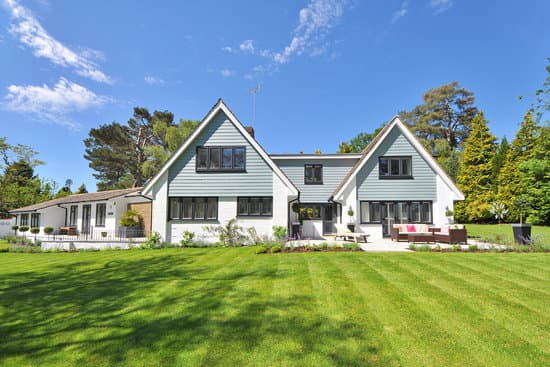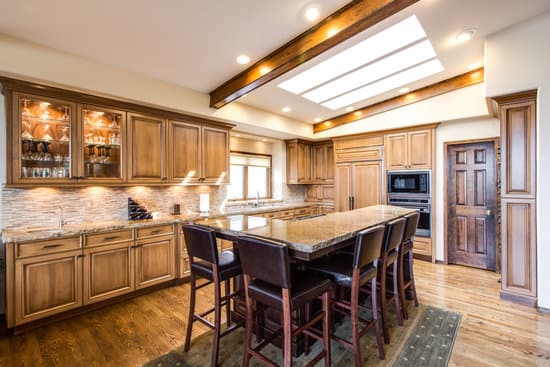Definition of Mid-Century Modern
Mid-century modern is a design style that emerged in the aftermath of World War II. It is characterized by a stripped-down aesthetic that focuses on simple forms and function. Mid-century modern homes are known for their clean lines, flat planes, and large windows that bring the outdoors in. These homes are an ode to the modern way of life, which emphasized a connection to nature, efficiency, and simplicity. The style was popular in the United States from the mid-1940s to the late 1970s and is still relevant in contemporary architecture and design.Key Features of Mid-Century Modern Homes
Mid-century modern homes are known for their distinct features that make them stand out from other architectural styles. Here are some of the key features of mid-century modern homes:- Flat planes: Mid-century modern homes often have flat rooflines and facades, emphasizing their horizontal orientation.
- Large windows: These homes feature large windows that bring in plenty of natural light and offer views of the surrounding landscape.
- Open-plan living: Mid-century modern homes emphasize open-plan living spaces, which allow for easy flow and flexibility.
- Natural materials: Mid-century modern homes often feature natural materials like wood, stone, and brick, which further connect them to their surroundings.
- Simplicity: Mid-century modern homes are characterized by their simplicity and lack of ornamentation.
The Timeline of Mid-Century Modern Architecture
Mid-century modern architecture emerged in the post-World War II era and remained popular until the late 1970s. During this time, many architects embraced the aesthetic and designed homes and buildings that fit within the mid-century modern style. Here is a brief timeline of mid-century modern architecture:- 1945-1955: The early years of mid-century modern design were characterized by experimentation with new materials and technologies. Architects began to embrace the modern aesthetic and design homes that prioritized function and simplicity.
- 1955-1965: In the mid-1950s, mid-century modern design became more mainstream. Architects began to incorporate new technologies like central heating and air conditioning into their designs, and mid-century modern homes became more popular among the middle class.
- 1965-1975: In the late 1960s and early 1970s, the mid-century modern aesthetic began to shift toward more organic forms and natural materials. Architects began to move away from the stark simplicity of early mid-century modern homes and incorporate more texture and visual interest into their designs.
- 1975-1985: By the late 1970s, the popularity of mid-century modern design began to wane. Many architects moved on to new styles and aesthetic movements.
Architectural and Design Influences of Mid-Century Modern Homes
Mid-century modern architecture and design were influenced by a variety of factors. Here are some of the key influences on mid-century modern homes:- International Style architecture: The International Style of architecture, which emerged in the 1920s and 1930s, emphasized function and simplicity. Many mid-century modern architects were influenced by the International Style and incorporated its principles into their designs.
- Scandinavian design: Scandinavian design, which emphasized simplicity, functionality, and natural materials, was also a major influence on mid-century modern homes.
- Japanese architecture: Japanese architecture, with its emphasis on clean lines and natural materials, was another key influence on mid-century modern homes.
Characteristics of the Mid-Century Modern Lifestyle
Mid-century modern homes were designed to reflect a certain way of life that emphasized connection to the natural world, simplicity, and efficiency. Here are some key characteristics of the mid-century modern lifestyle:- Travel: Mid-century modern homes were designed for people who valued travel and wanted a home that reflected their global perspective.
- Openness: Mid-century modern homes were designed to promote openness and flow, with open-plan living spaces and large windows that brought the outdoors in.
- Efficiency: Mid-century modern homes were designed to be efficient, with features like central heating and air conditioning and space-saving built-in storage.
- Nature: Mid-century modern homes emphasized a connection to the natural world, with their use of natural materials and emphasis on indoor-outdoor living.
Famous Mid-Century Modern Architects and Designers
There were many influential architects and designers who shaped the mid-century modern movement. Here are some of the most famous mid-century modern architects and designers:- Frank Lloyd Wright: Perhaps the most famous American architect of all time, Frank Lloyd Wright was known for his organic approach and use of natural materials. His Fallingwater house is a masterpiece of mid-century modern architecture.
- Richard Neutra: Richard Neutra was an Austrian-American architect who designed many mid-century modern homes in California. His work emphasized simple forms and a connection to nature.
- Charles and Ray Eames: Charles and Ray Eames were a husband-and-wife team who designed furniture and buildings that are now icons of mid-century modern design. Their work was characterized by simplicity, functionalism, and a sense of playfulness.




















